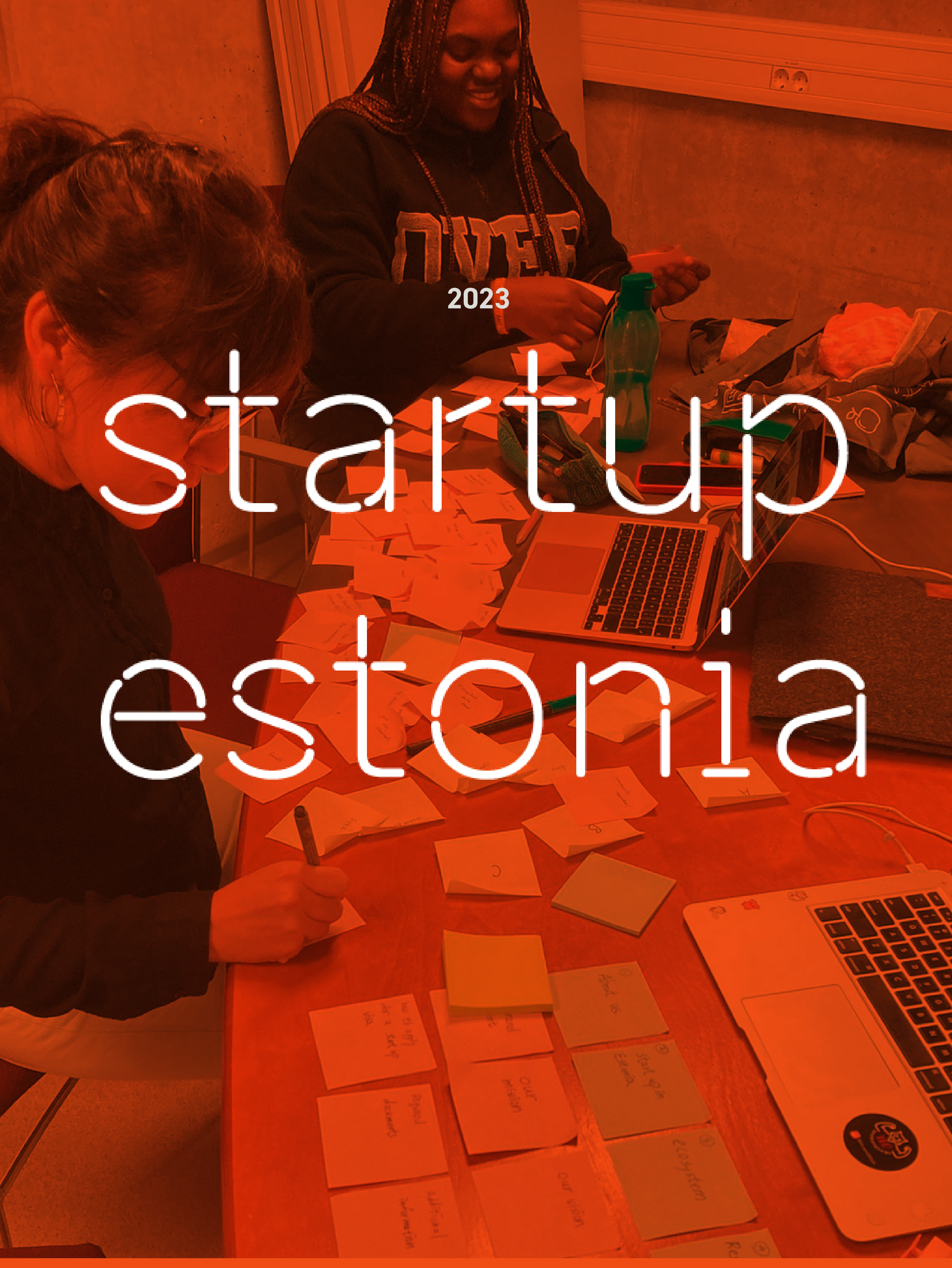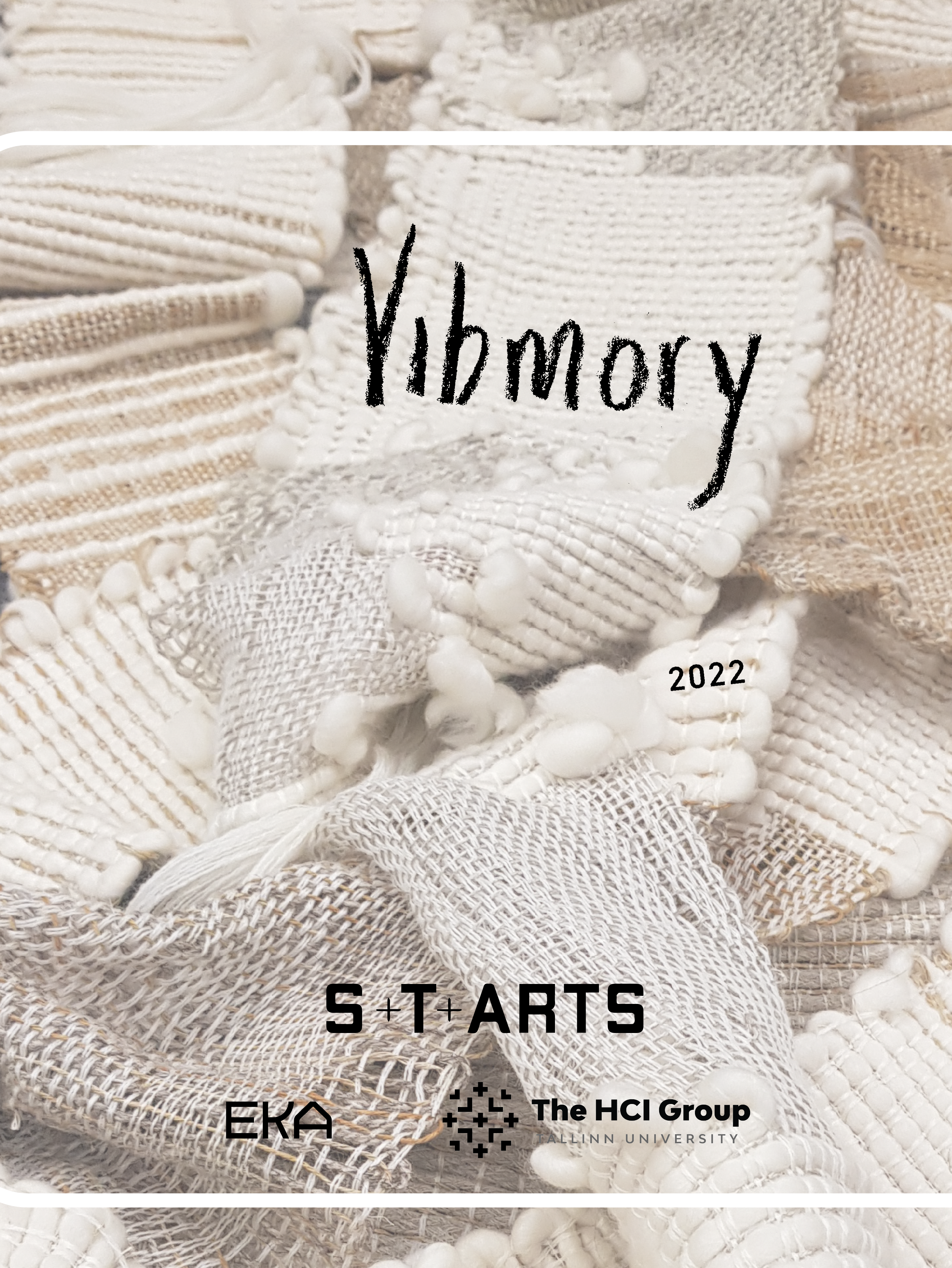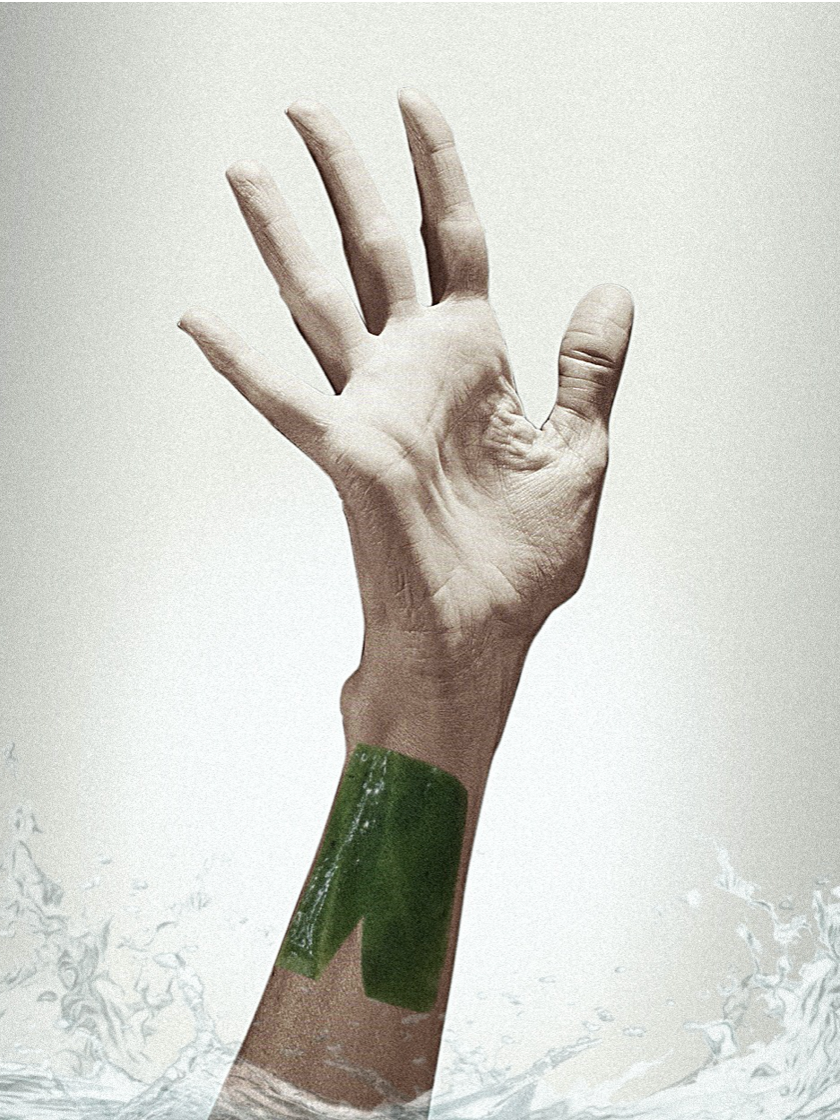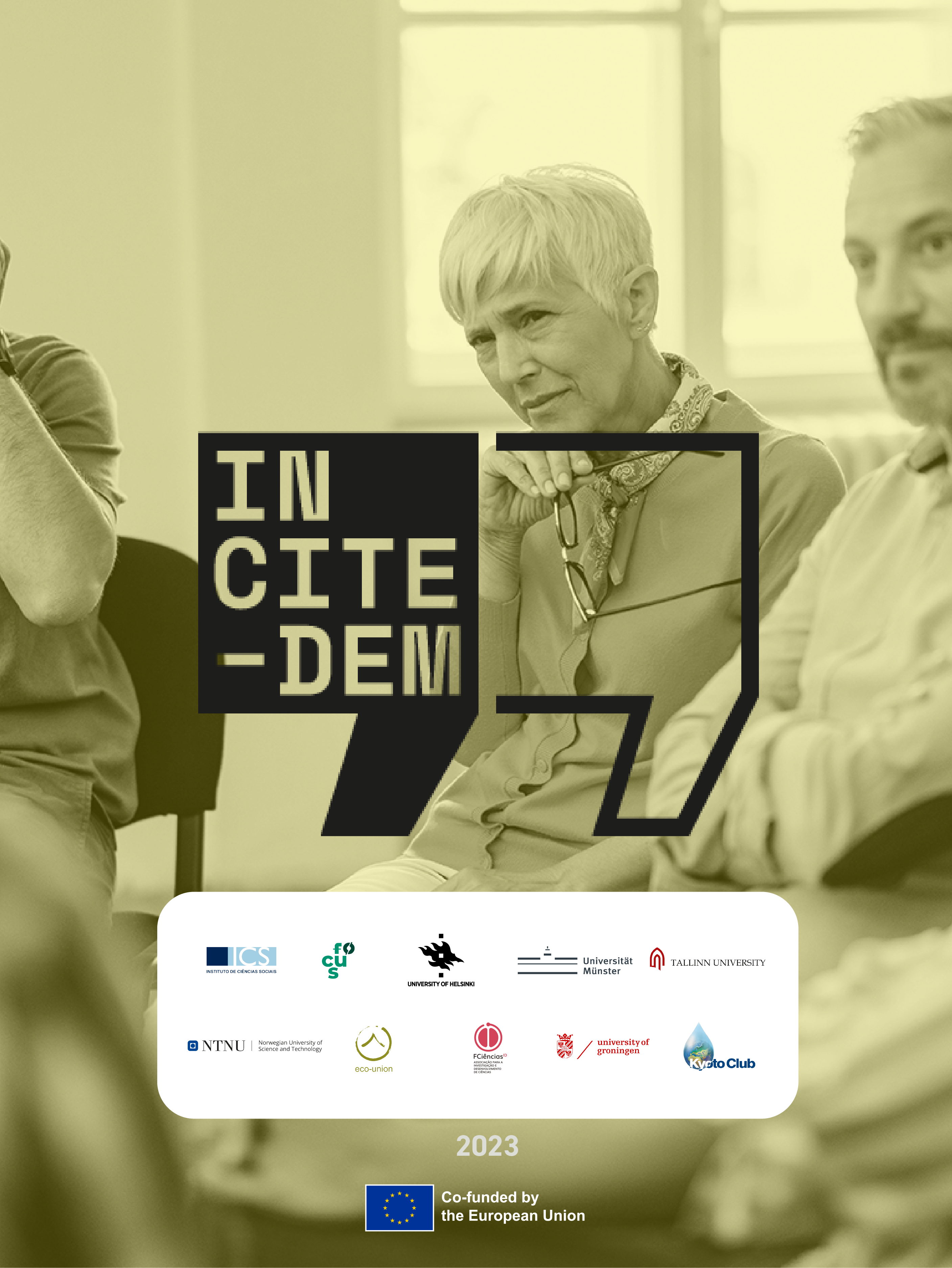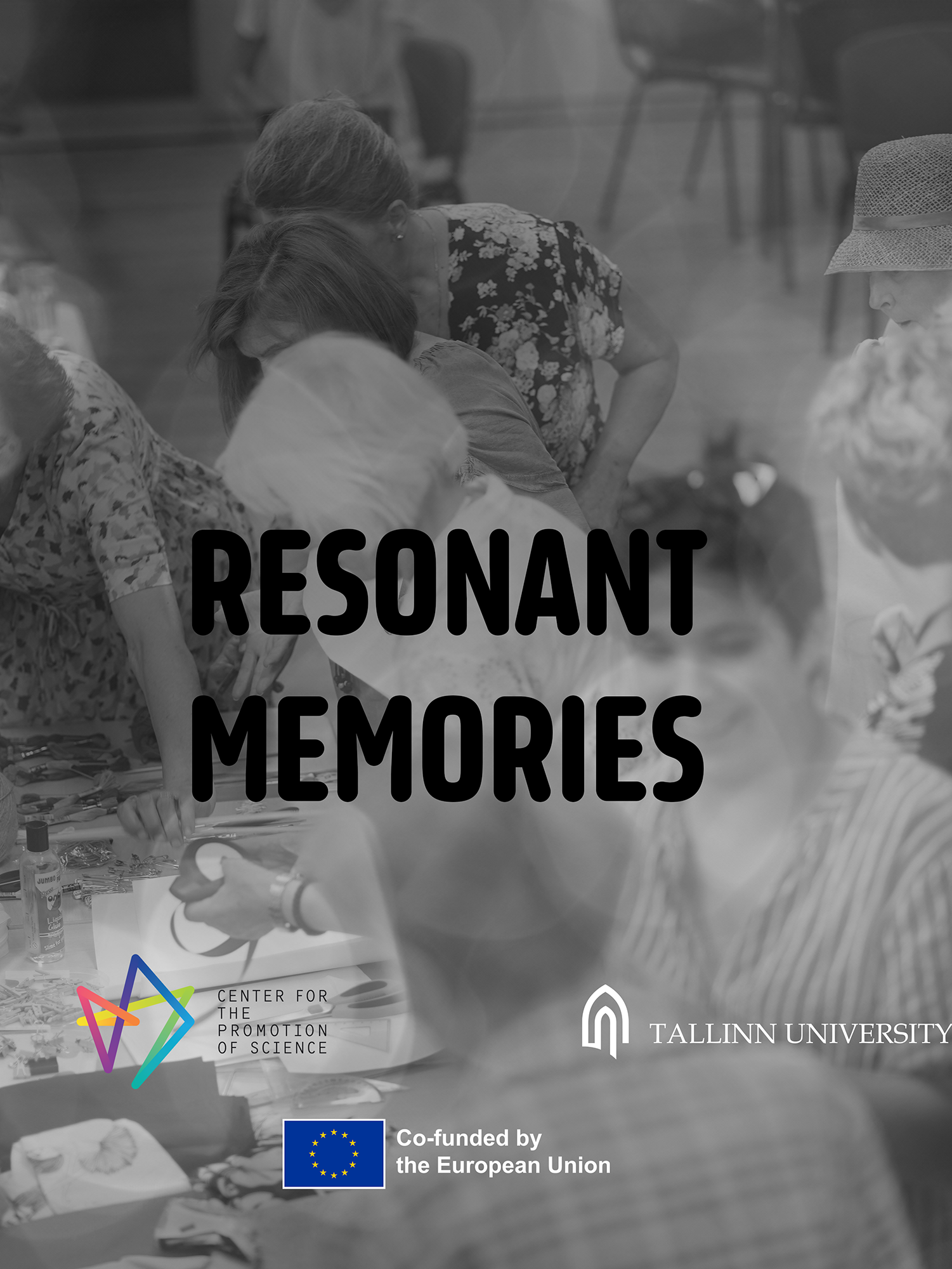A social and User-Centred Design project was a collaborative effort with Merimetsa Keskus and the Estonian Academy of Arts (EKA), focusing on developing creative solutions with people with special needs.
Initially, the plan was to co-create directly with the participants, but the COVID-19 pandemic required the project to shift to a practitioner-led proposal. The guiding philosophy of this project was
“Nobody is perfect. It is what makes us unique and beautiful”
which informed the inclusive and empowering design approach.
My Role and Responsibilities
Facilitator and Designer: Led the project, adapting to the challenges of the pandemic and ensuring the project remained user-focused.
Researcher: Conducted an initial site visit to gather insights into the needs and preferences of participants.
Developer: Created a proposal for customizable and reproducible personal artefacts using clay.
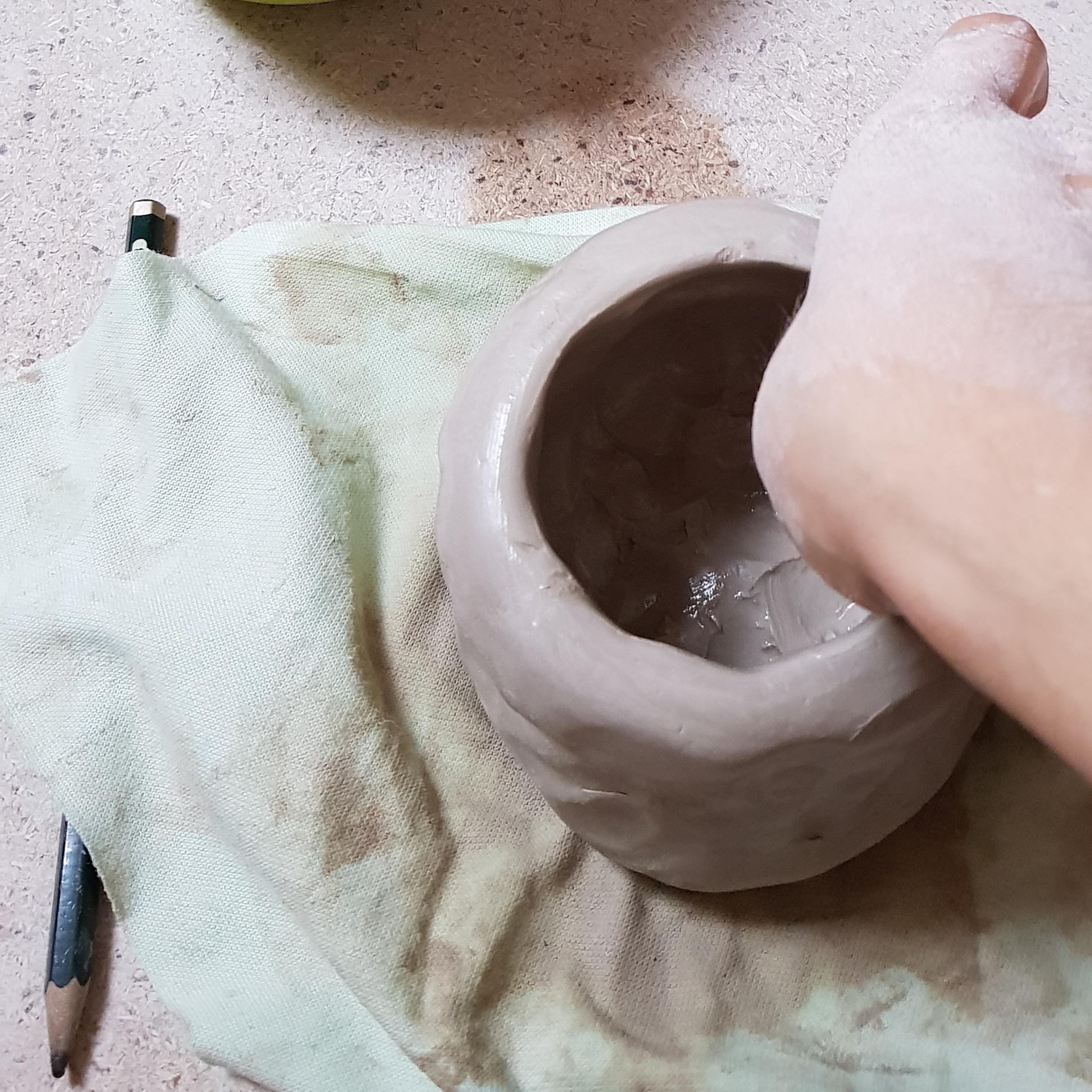
1. The original shape
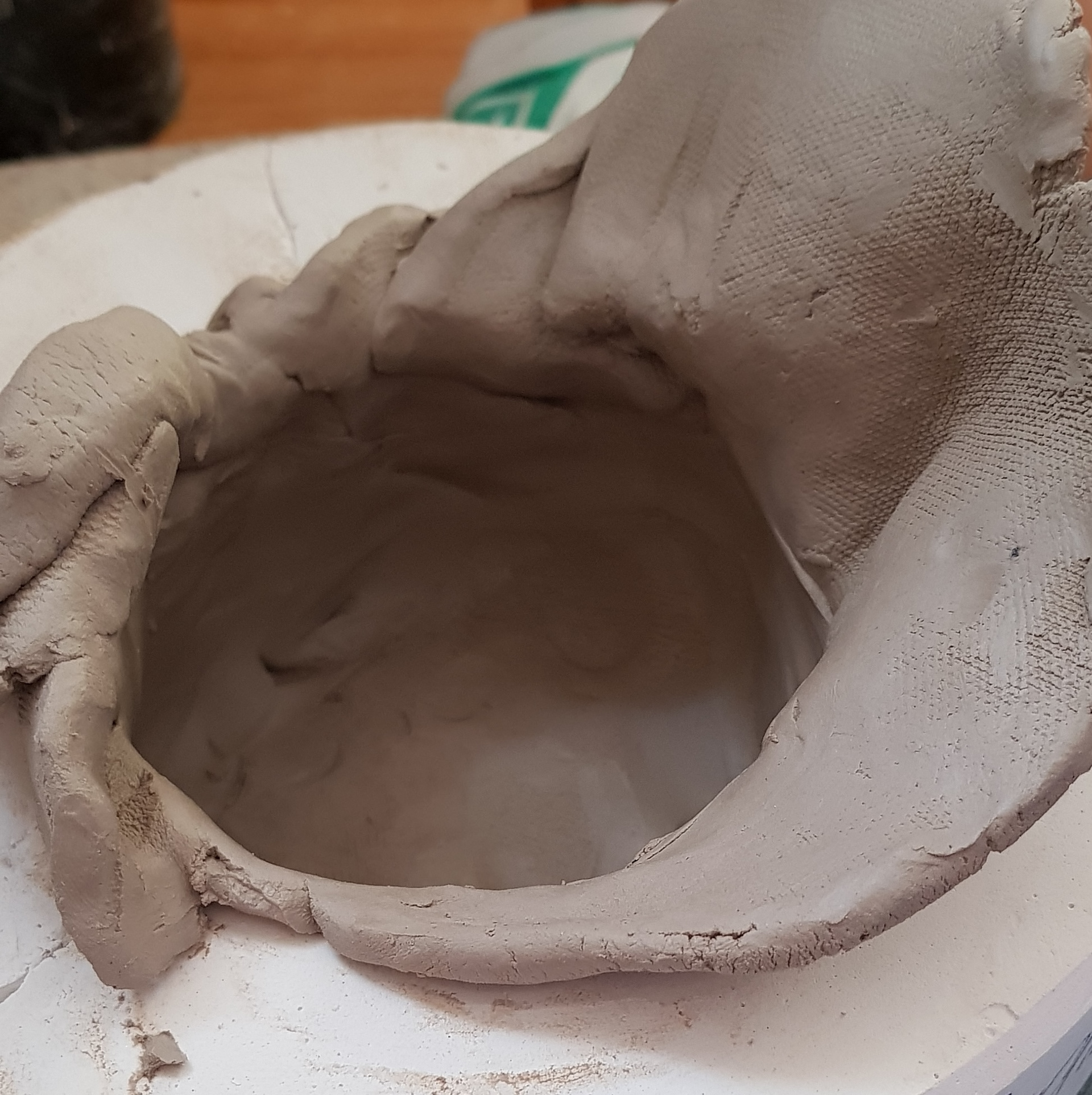
2. Slip-Cast process

3. First Production
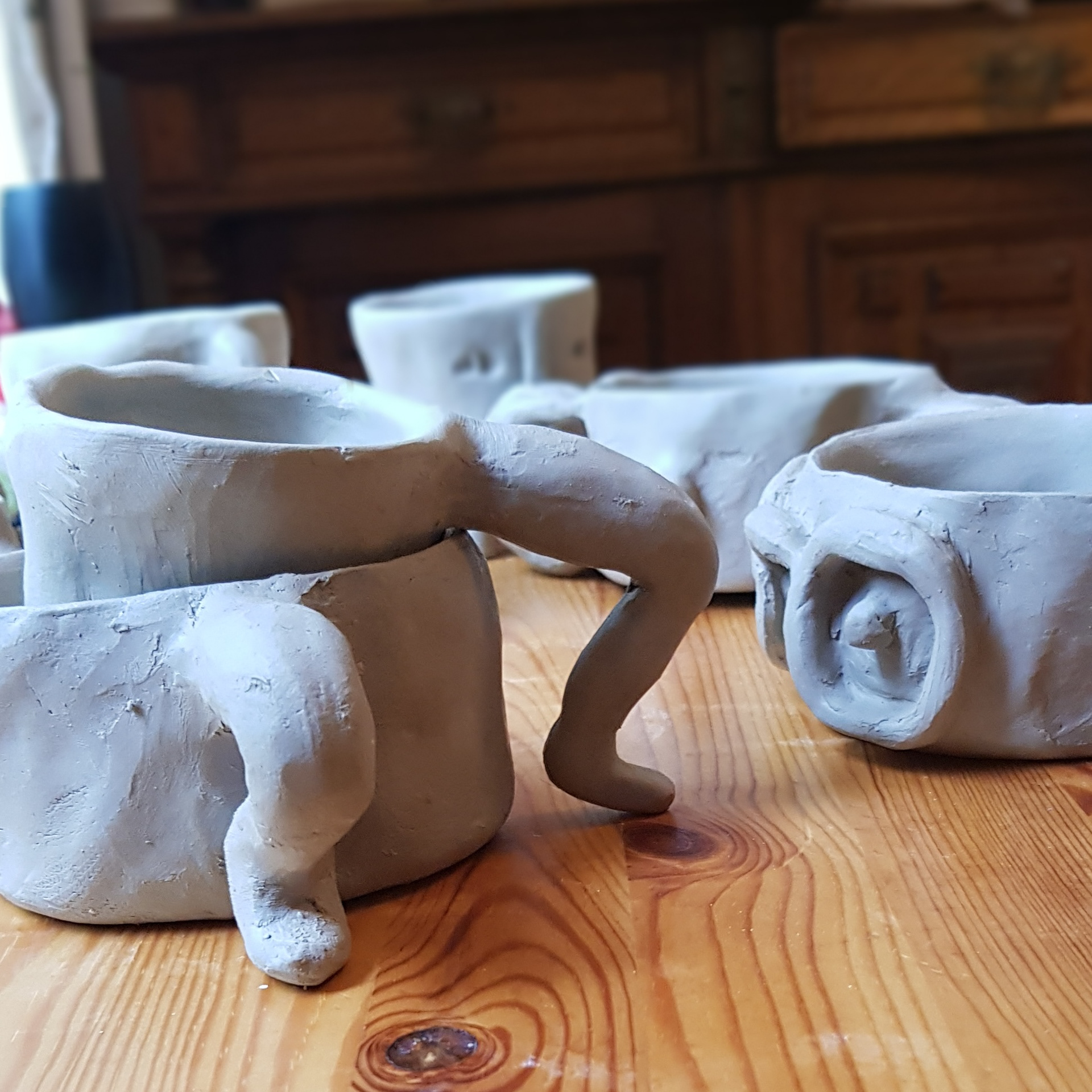
4. Customised shapes
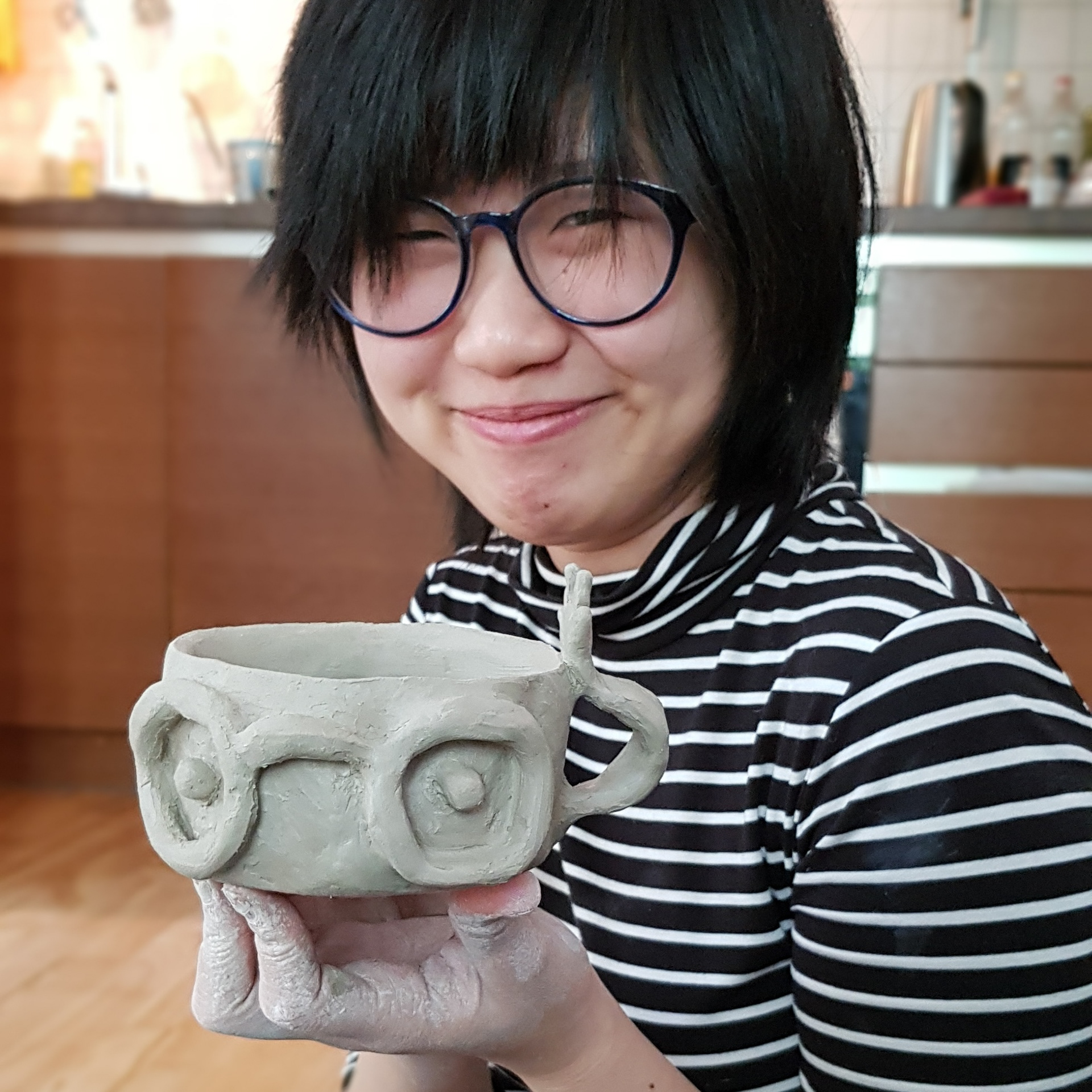
5. Belle and the bowl
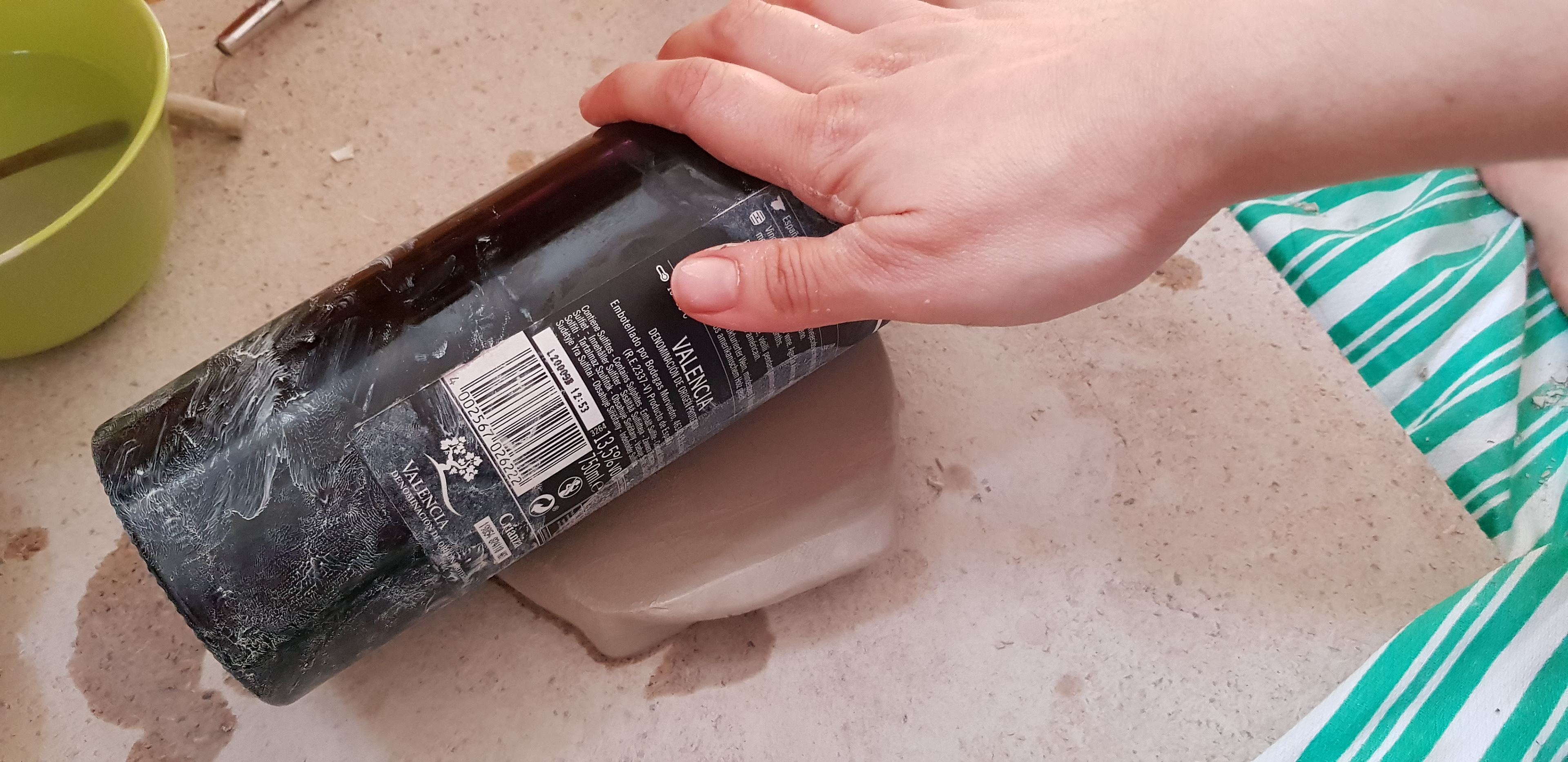
6. Tools in Quarantine
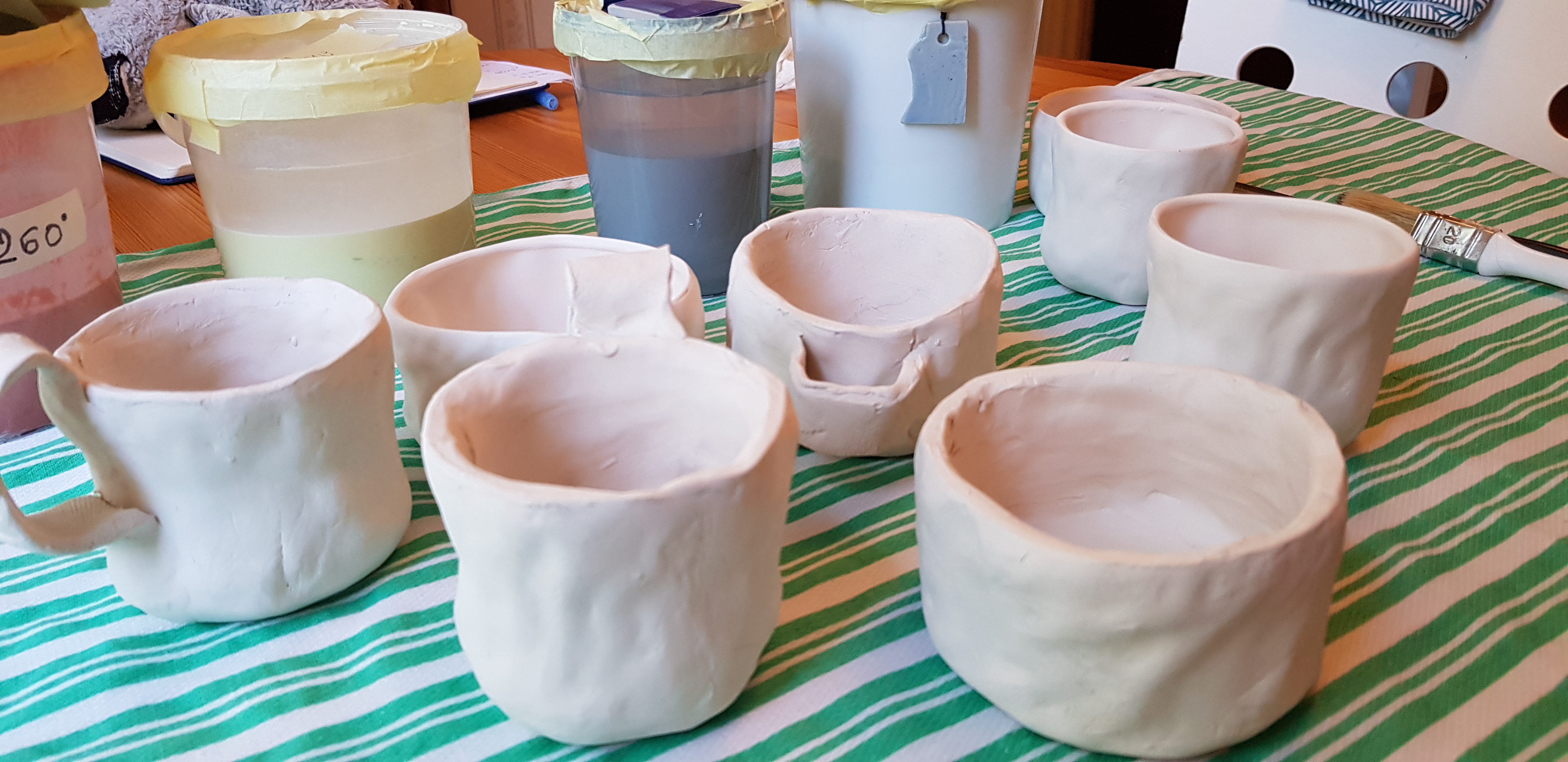
7. Dried shapes
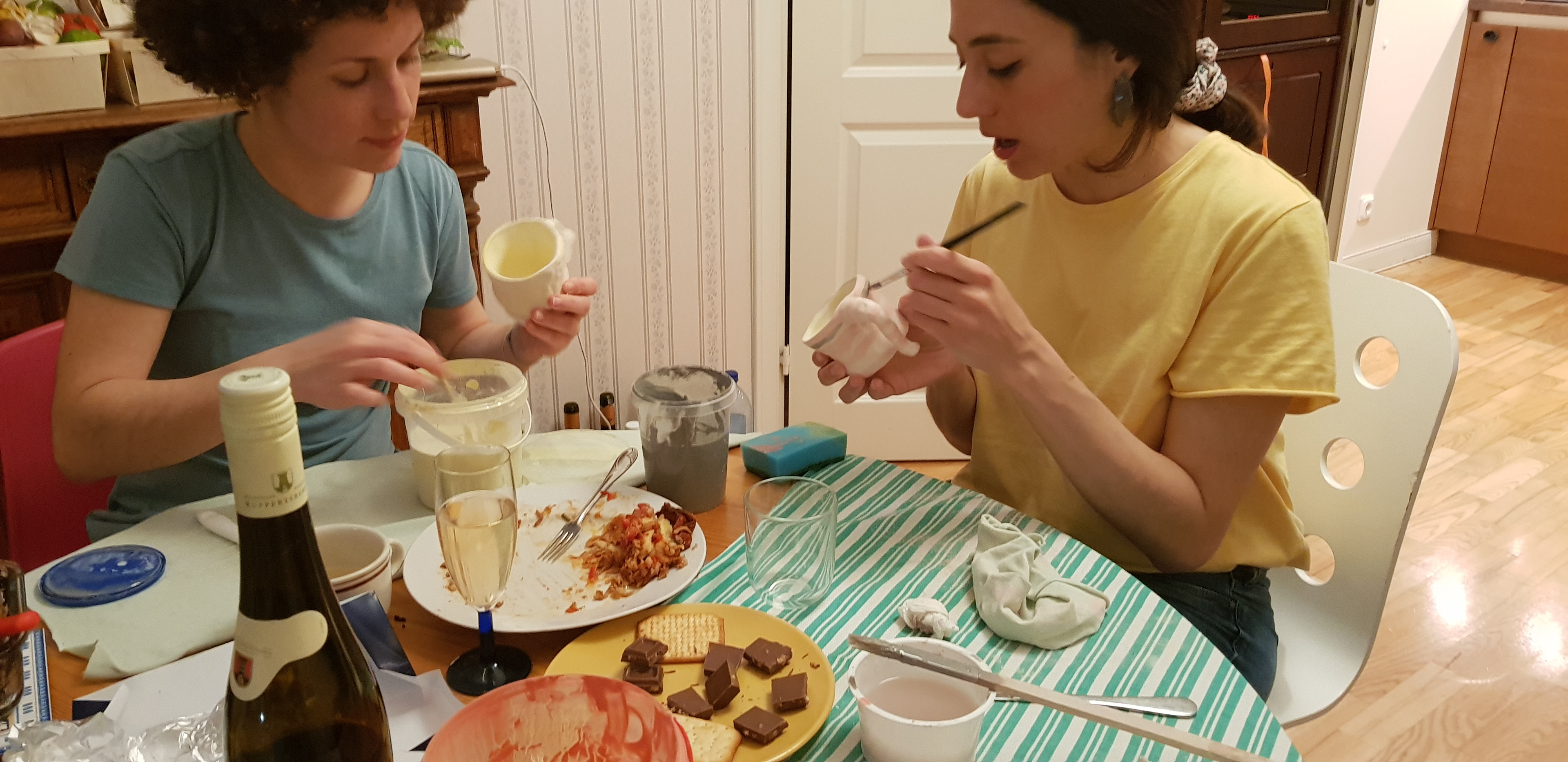
8. Painting the Productions
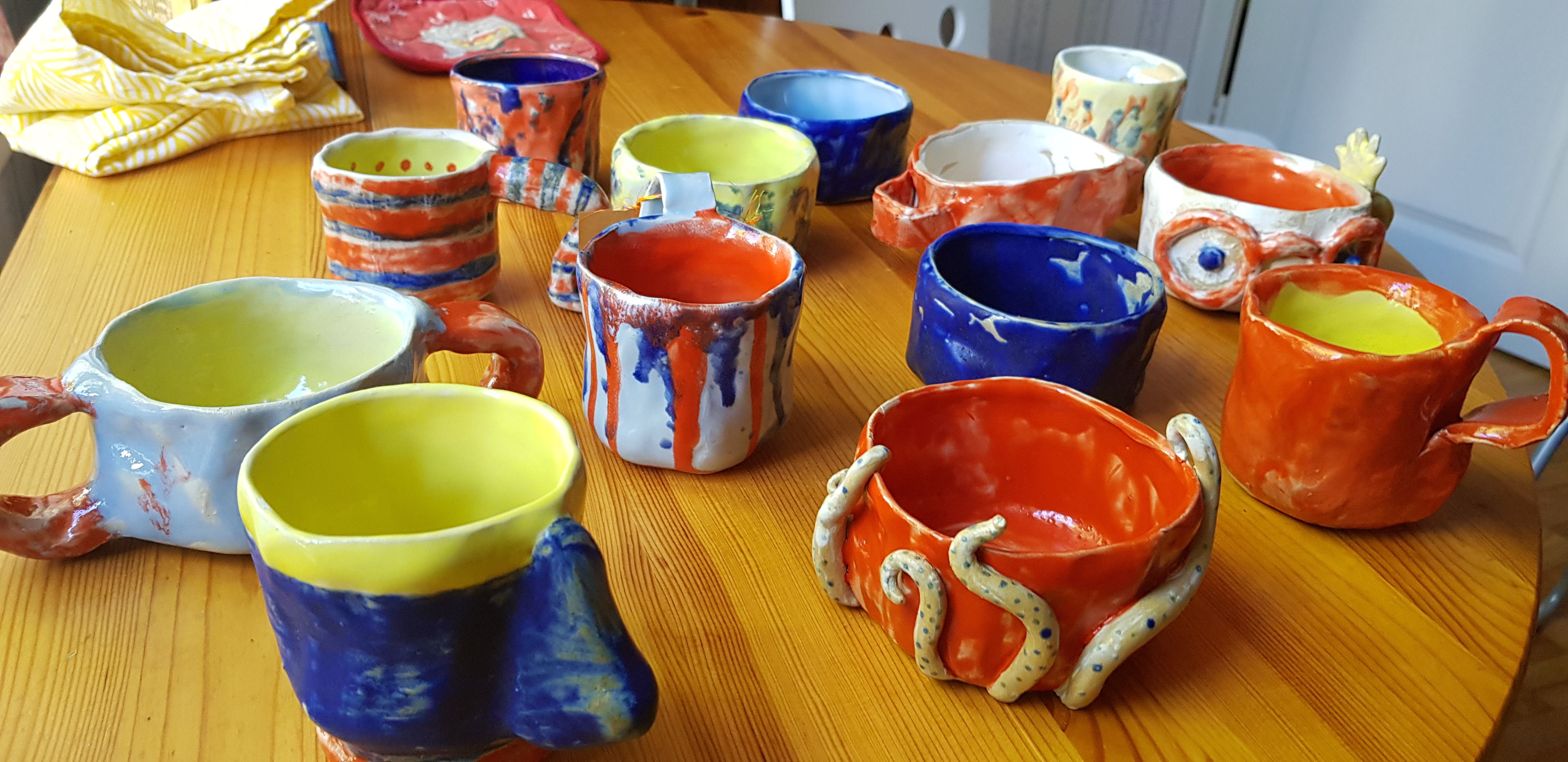
9. Final Products
Project Goals
Technique: Develop a practical method for creating personalised artefacts.
Identity: Enable participants to express their unique identities through their creations.
Efficiency: Ensure the process is efficient and manageable for people with special needs.
Market Appeal: Design the product visually appealing and engaging to a broader audience.
Process
Initial Site Visit:
I visited Merimetsa Keskus to understand the environment and gather insights into the needs and capabilities of the participants. This visit was crucial in informing the design process, as further direct engagement was impossible due to the pandemic.
Developing the Proposal:
Based on the initial visit and understanding the participants’ needs, I developed a proposal to create personalised slip-casting moulds. This technique allows each person to customise their artefacts with pieces and colours, making the process accessible and meaningful.
The design ensured the process was easy to reproduce, allowing participants to create and customise their clay artefacts independently.
Outcome
The final proposal featured clay and personal artefacts that were easy to customise and reproduce. Each artefact could be uniquely personalised using slip-casting moulds, allowing participants to apply their own pieces and colours. This approach supported the goals of technique, identity, and productivity, empowering participants to express their individuality through their creations.
Presentation
The project concluded with a detailed proposal outlining the process for implementing the personalised clay artefacts, emphasising user-centred design and market appeal.
